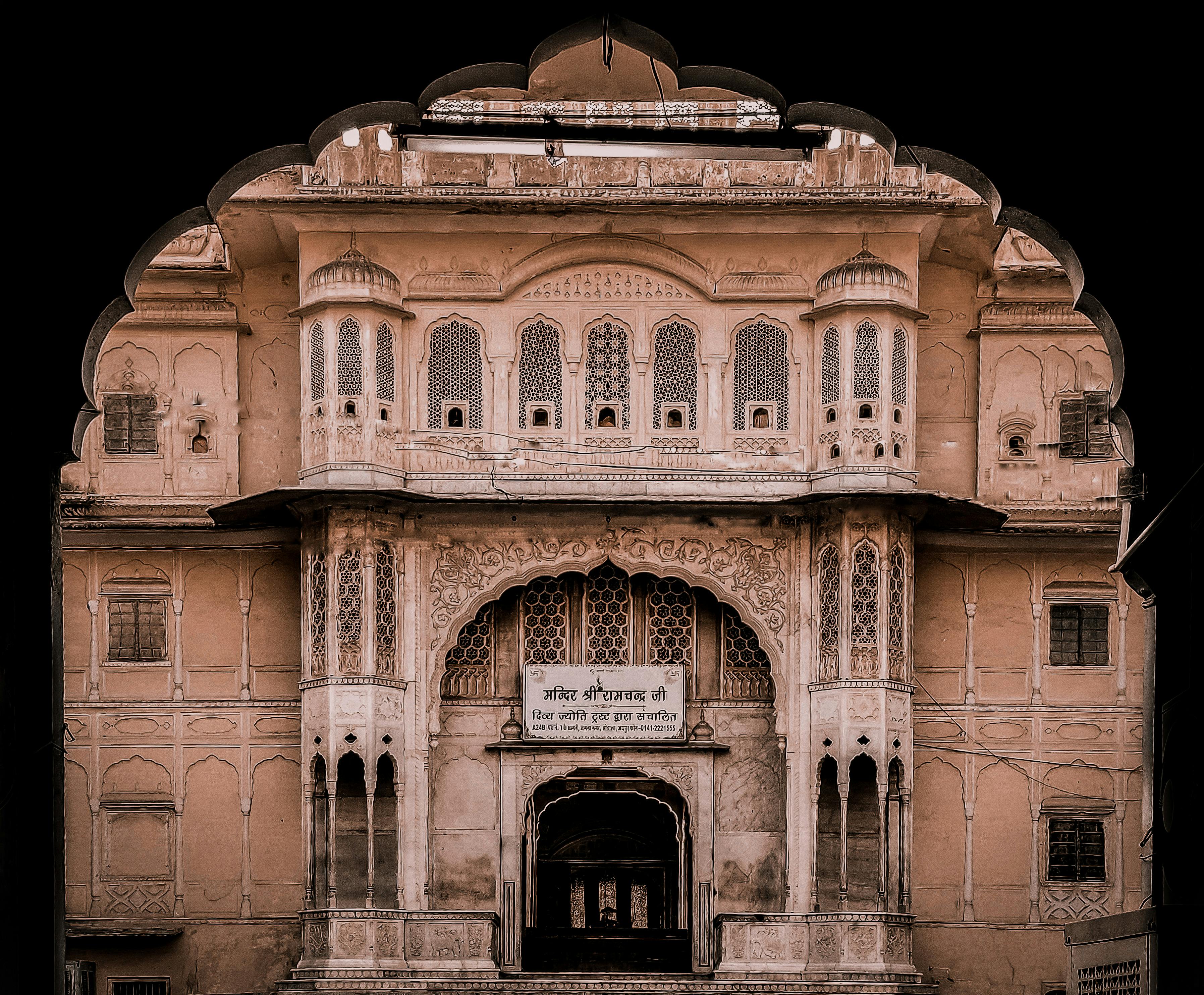Bwindi Impenetrable National Park is located in southwestern Uganda, on the edge of the Rift Valley. Its mist-shrouded slopes are covered in one of the oldest and most biologically diverse rainforests in Uganda, dating back more than 25,000 years and containing almost 400 species of plants. Most famously, this “impenetrable forest” also protects some 320 mountain gorillas, about half the world’s population, including several habituated groups, which can be tracked.
This biologically diverse region also provides refuge for 120 mammals, including various primate species such as baboons and chimpanzees, as well as elephants and antelopes. There are about 350 species of birds housed in this forest, including 23 species endemic to the Albertine Rift.
You can reach Bwindi from Queen Elizabeth National Park to the north (2 to 3 hours), from Kabale to the south (1 to 2 hours), or from Kampala via Mbarara (6 to 8 hours). The roads are located in Butogota, 17 km from the Buhoma gateway. A 4×4 vehicle is necessary during the rainy season. Travelers can fly from Entebbe or Kampala (Kajjansi airfield) to the modern tarmac airstrip at Kisoro. Planes can also be chartered to the grass runways of Kayonza or Savannah. Bwindi has three airfields in Kayonza and Kihiihi for the northern sector and Nyakabande in Kisoro for those who are going to track gorillas in the southern sector (Nkuringo, Nshongi and Mishaya).
The various trails in Bwindi can be reached by vehicle. However, there are no roads within the park itself, which is explored on foot. Bwindi is aptly called the ‘impenetrable forest’; the paths pass through dense vegetation and can be steep. Take advantage of the walking sticks offered at the start of a hike.
Good walking boots if you intend to hike or climb, wear wet clothes and warm layers for the evenings; It’s cold and humid at this altitude. The sun is still strong during the day, even when it’s cloudy, so be sure to wear sunscreen and a sun hat. You can also bring waterproof bags to protect cameras and other gear when you go hiking.
This park has several areas of interest that can be explored in one visit.
Buhoma lies to the northwest of the park and faces the dark, hilly forests of Bwindi. Three groups of gorillas can be tracked from here, and there are also community walks to explore the culture and lifestyle of the local Bakiga and Batwa tribes. Bird watching is also a major activity with great opportunities to see several Albertine Rift endemics such as the short-tailed warbler. Other activities include mountain biking and nature walks to waterfalls and parts of the forest. There are also numerous accommodations to suit all budgets and many local craft stalls.
Nkuringo, on the southern edge of the park, became Bwindi’s second gorilla tracking trail in 2004. Following groups of Nkuringo is strenuous as their forest home lies 600m below the trail on the Ntungamo village in the Nteko range. Walks along the ridgetop road offer magnificent views to the north of the forested Bwindi Hills and to the south of the Virunga volcanoes. There are also opportunities to discover Bakiga culture through village walks, vibrant dance performances, and cultural workshops organized by community groups.
Start of the Shongi trail, in the southeast of the park opened for gorilla tourism in 2009. From this point you can follow three groups (Shongi, Mishaya and Kahungye). The trail descends into the depths of the forest directly south of the park. This area also offers village walks, bird watching, and a spectacular waterfall.
On the eastern side, sitting on top of the hill at 2,345m, Ruhija is home to the Bitukura, Oruzoojo and Kyaguriro gorilla groups. This is the highest tracking trail in Uganda and one of only two areas (the other being Nshongi) where elephants reside.
A six-hour bamboo trail leads to Rwamunyoni Peak; at 2,607 m, it is the highest point in the park and is noted for good bird watching. Also of interest to bird watchers is the three-hour trail down to the Mubwindi Swamp, along which the endemic and localized African Green Broadbill can be found. The community of Nyundo, a short drive north of Buhoma, sits on the border with the Democratic Republic of the Congo and offers wonderful guided walks along the ridges of hills and rivers to discover waterfalls, glorious vistas and the traditional lifestyle and folklore of the kigezi people.
The neighboring towns of Buhoma and Nkuringo have an impressive range of luxury accommodation, rustic bandas and campsites, as well as restaurants, craft stalls and guide services. Discover the local culture of the Bakiga and Batwa pygmies through performances, workshops and walks through the village.
Bwindi is cool in the morning and at night, with average temperatures ranging from 7°C to 20°C. The coldest period in Bwindi is June and July, while the wet seasons are from March to May and September to November, with an annual rainfall total of up to 2,390 mm. The rains in March-May are short. They are in intense September-November, but it can be long hours of light drizzle.
On your next visit to Uganda, come to Bwindi Impenetrable National Park for the Ultimate Gorilla experience!
